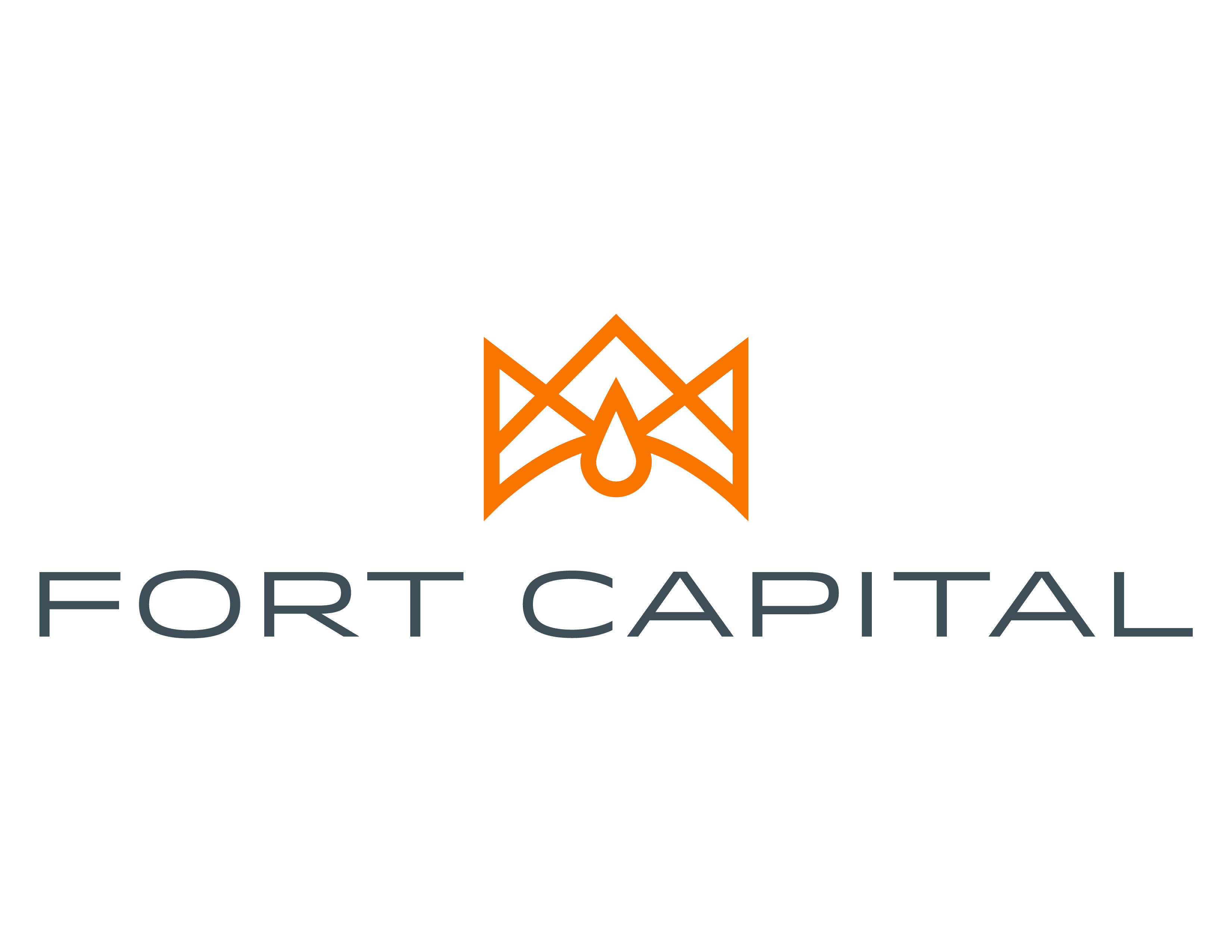Pulling Needles From Haystacks: How Fort Capital Identifies Opportunities In The Sun Belt

The industrial real estate market is hot, with much of the heat being generated in fast-growing Sun Belt states like Texas.
JLL recently noted that the Lone Star State and its neighbors in the South-Central region lead the nation in the construction of new industrial facilities. In a separate report, CBRE predicted “robust industrial activity” will continue into the foreseeable future along the Texas I-35 corridor between Austin and San Antonio.
None of that is news to Jason Baxter, president and CEO of Fort Capital. The Fort Worth-based real estate investment firm has been dedicated to serving the industrial market since 2015. Ten years old at the time, Fort Capital had initially worked in other sectors such as multifamily, but its leadership saw that a change in focus was warranted.
“In 2015, the commercial real estate market in Texas was getting more competitive and more saturated,” Baxter said. “We began to look at other investment classes that we thought were undervalued and had not become the most desirable yet, but that we thought would be in the near future.”
Fort Capital identified a strong demand for Class-B industrial buildings in its home state. These were buildings that were no longer new, but were in good shape and well-suited to continue serving the growing demands of businesses in Texas.
“Obviously we weren't the first owners of Class-B industrial, as it's been around for a long time,” Baxter said. “But we were pretty early to our market in terms of how we approached these assets in our portfolio.”
In 2015, the Class-B industrial market was dispersed among many owners. Fort Capital saw an opportunity to begin to consolidate the sector with a technology-focused strategy, and then to hold on to its industrial tenants by providing a level of service not normally seen in Class-B properties.
Baxter said that Fort Capital doesn’t participate in the “normal broker network” in the form of auctions or bids. Instead, it systematically collects data on assets in its key markets and identifies the ones that match its criteria — which can range from the building’s age to the last time it was refinanced to the age of the owner — and thus will add value to its portfolio.
This strategy serves Fort Capital well even as the Class-B market grows more competitive, he said.
“We hyperfocus on those assets after we've identified them, and we move to the market in our own way,” Baxter said. “Our approach gives us a first-mover advantage.”
Fort Capital’s technology team uses machine learning to sort through voluminous data about potential acquisitions. This helps it identify target opportunities that might not otherwise be readily apparent — “kind of like pulling the needle out of the haystack,” he said.
The firm also applies this approach to growing markets outside of Texas, including Florida, Tennessee and the Carolinas.
“We have a proprietary way to identify properties that are most likely to sell sooner,” Baxter said. “And not only are we identifying the buildings that match our criteria, we're identifying them based on some key metrics that we track back over the past six years. We are analyzing more than 700 data points in each of our regional markets so we don't spend time wondering where the next deal is going to come from.”
Even if an owner does not want to sell, Fort Capital continues to track the property in its growing database of potential acquisitions. This gives the firm a leg up over competitors in many deals, Baxter said.
Following an acquisition, the Fort Capital team knows that it cannot serve a tenant with an algorithm. Instead, Baxter said the company takes a hands-on approach that might “shock” industrial tenants who are accustomed to dealing with less-engaged landlords.
“Everybody's looking for a little more quality and a little more personalized service in every asset class,” he said. “Class-B industrial was not a great asset class in the past in terms of how it was maintained and how the tenants were treated. Property management and maintenance were very minimal.”
Fort Capital invests in its new acquisitions, whether through remodeling, painting or landscaping, so that its tenants feel “proud” to use one of its spaces, Baxter said. The firm also maintains open lines of communication with tenants to make sure it continues to meet their needs.
This emphasis on technology and service has paid off for Fort Capital. In his annual letter to employees and investors, founder and Executive Chairman Chris Powers called 2021 “undoubtedly our best year ever in sourcing new investment opportunities.”
Fort Capital closed on more than a half-billion dollars’ worth of transactions last year, while Powers called its focus on property management — which generated more than $1.3M in revenue — “one of the best decisions we’ve ever made.”
Even as industrial attracts more players, Baxter said Fort Capital remains bullish on Class-B properties in the Sun Belt. This is due to long-term population shifts as well as many companies’ adoption of “just in case” inventories in reaction to supply chain disruptions.
“We feel like we're only in the second or third inning of the industrial play because of the amount of growth that is going to happen in several of our key markets over the next five to 10 years,” he said. “We're not just looking for more buildings — we're looking for specific data points that match the success we have had in the past. And then we will replicate that success.”
This article was produced in collaboration between Studio B and Fort Capital. Bisnow news staff was not involved in the production of this content.
Studio B is Bisnow’s in-house content and design studio. To learn more about how Studio B can help your team, reach out to studio@bisnow.com.

